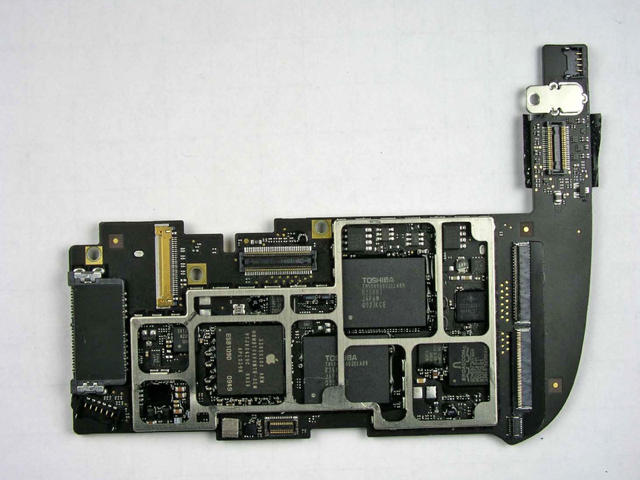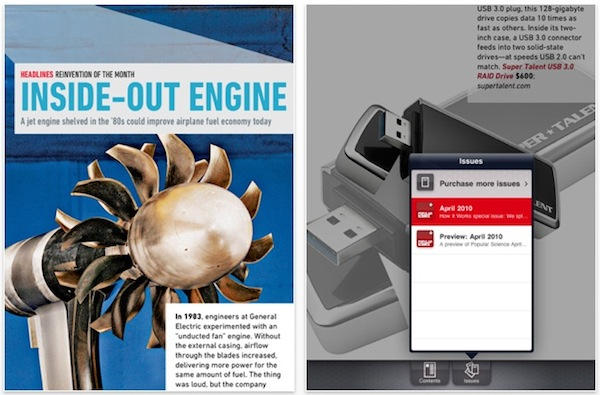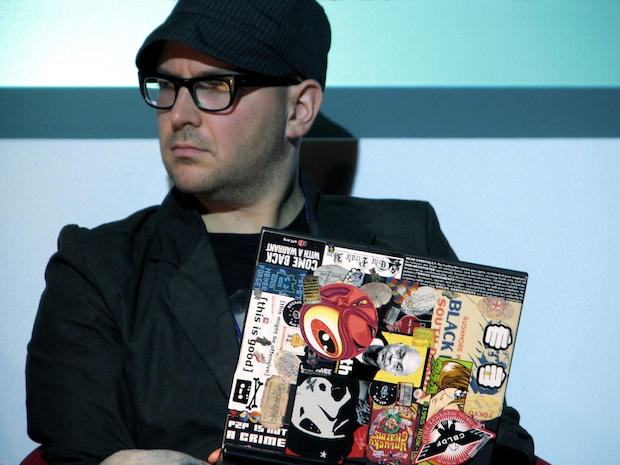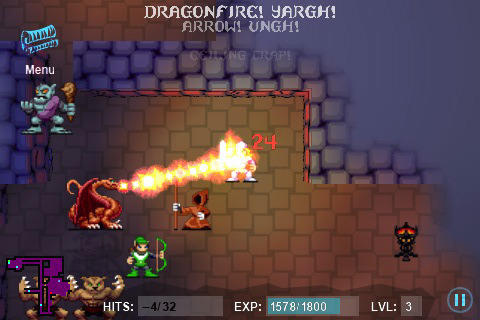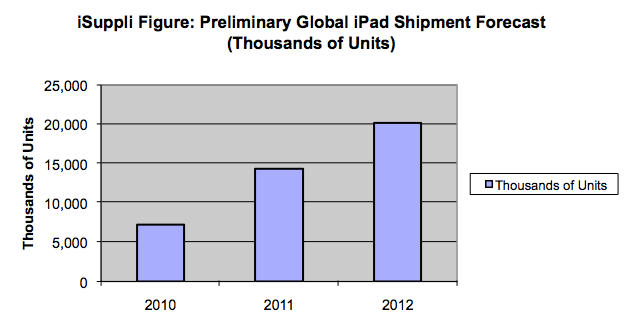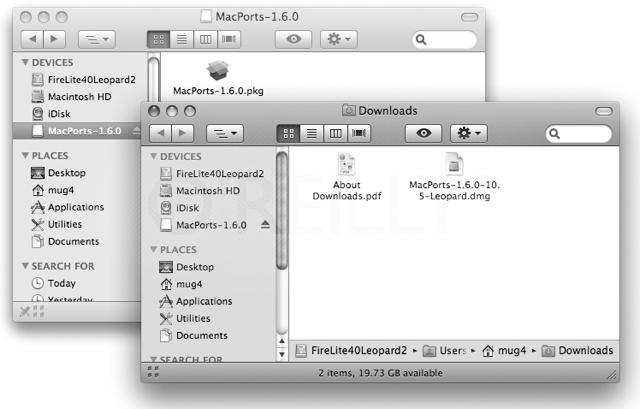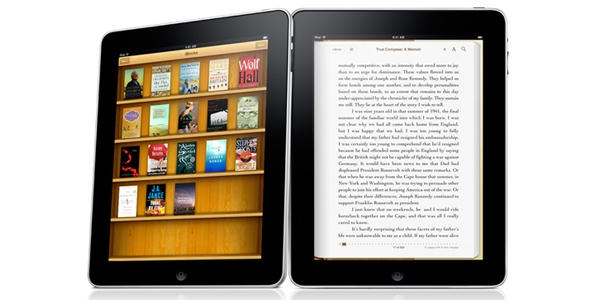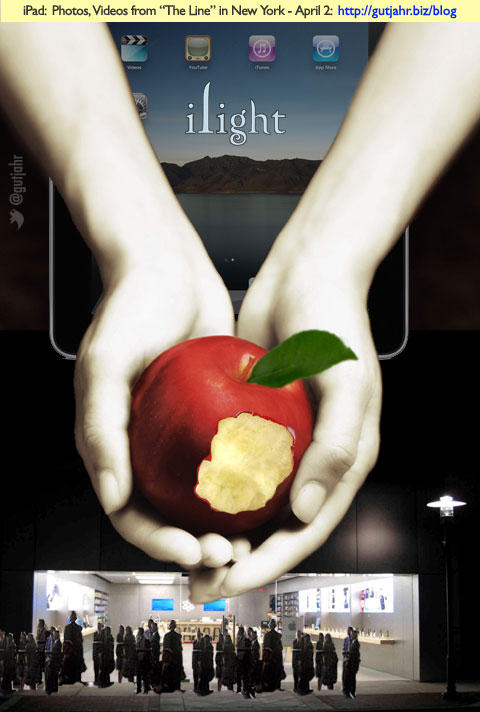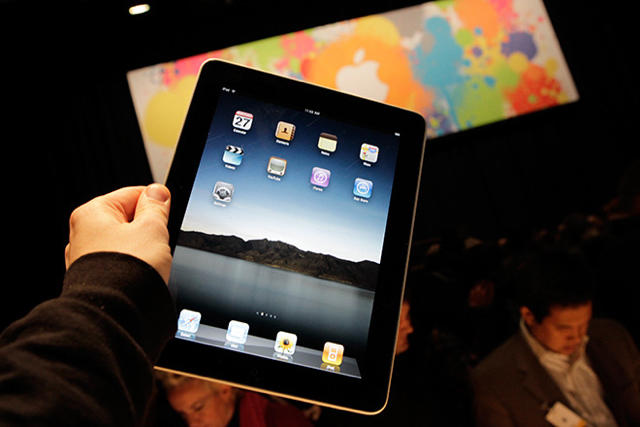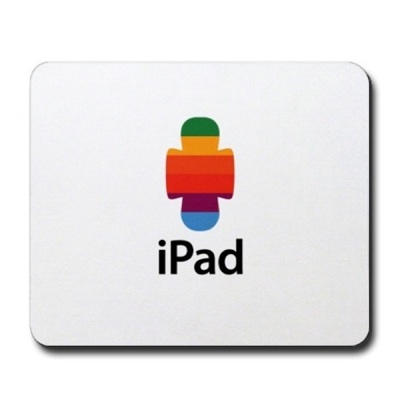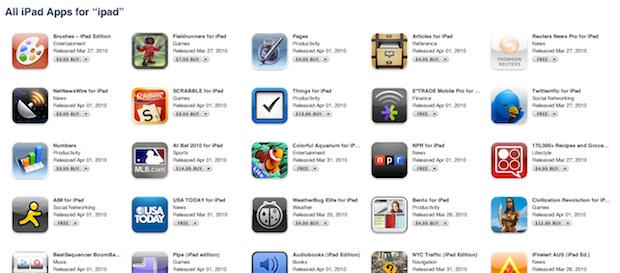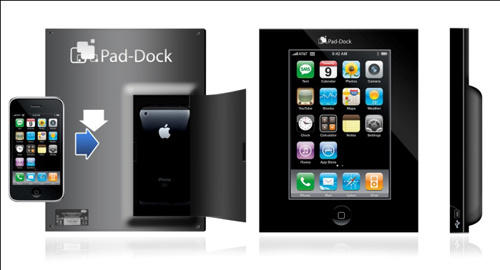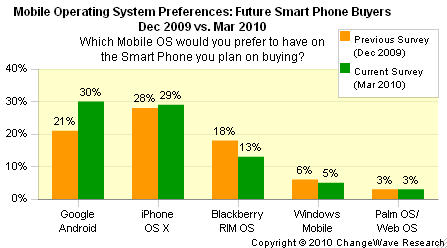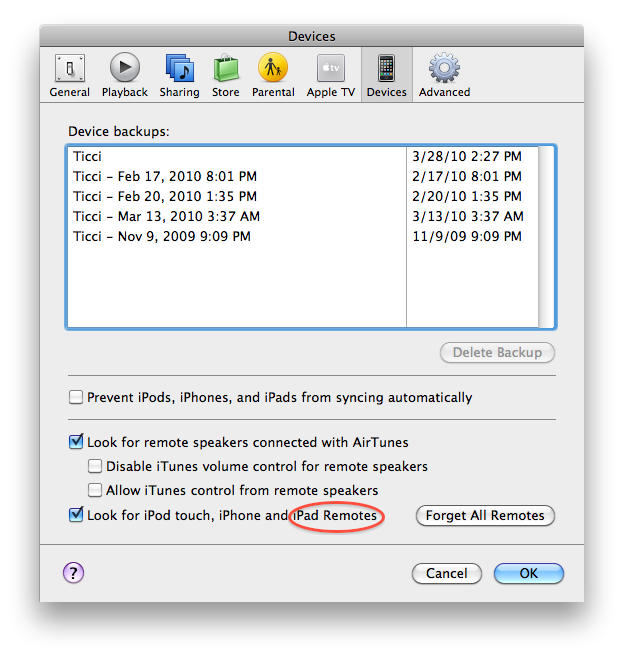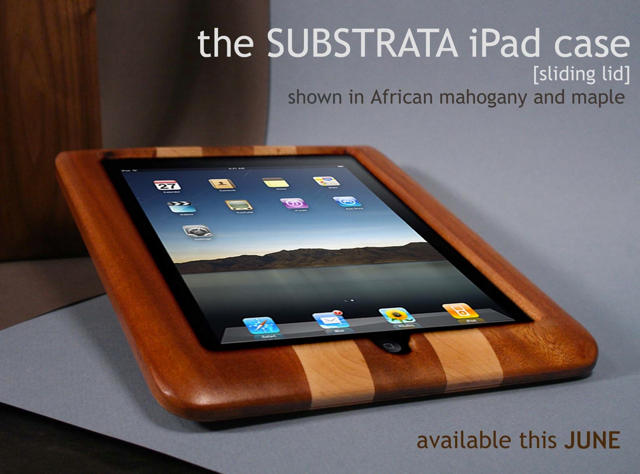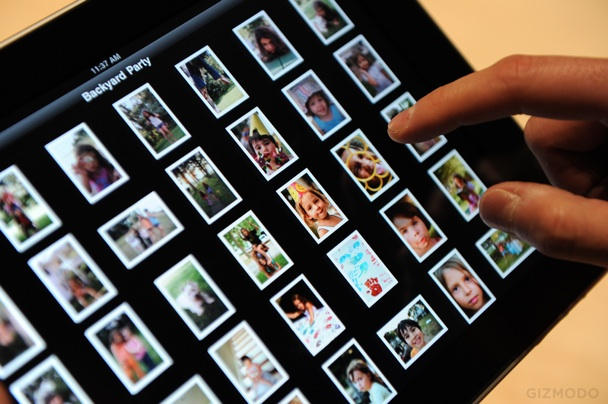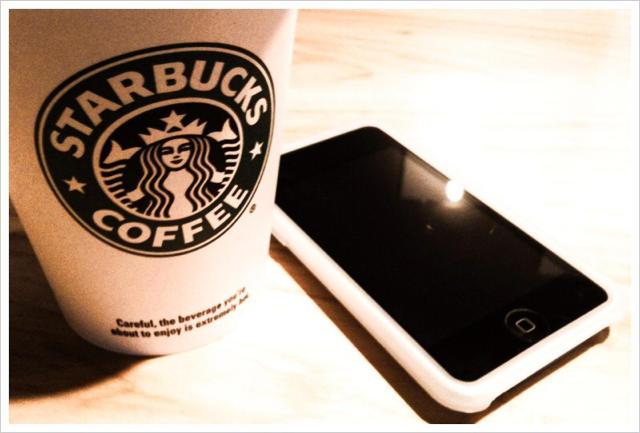iFixit, perhaps the premier gadget tear-down shop on the web today, dissected photos Friday of a pre-production iPad provided by Apple to the FCC, which inexplicably leaked the photos somehow, despite Apple’s desire that they be kept under wraps until August.
With standard caveats about the photos being lower-resolution quality than those iFixit will publish Saturday during its own teardown of a commercially available unit, the company uncovered a few interesting tidbits shedding light on Apple’s suppliers, manufacturing processes and thinking behind the design of the highly anticipated device.
From the iFixit review of the FCC photos:
* It looks like there is a LOT of epoxy holding these chips down to the board. More than we’ve seen before— Apple is really serious about durability on this thing.
* Apple didn’t solder the battery! The iPad uses the same battery attachment system as the iPhone 3G and 3GS.
* Notably lacking from the RF/data cable is anything GPS related.
* Dual speakers provide stereo sound. Two small sealed channels direct sound toward three audio ports carved into the bottom edge of the iPad.
There’s more at the ongoing iFixit review, as well as plenty of info on the iPad hosted by the FCC. And of course, stay tuned for the deluge of information and opinion about Apple’s newest revolutionary device set to wash over the shores of Cyberia just a few hours from now.
More pics after the jump.
